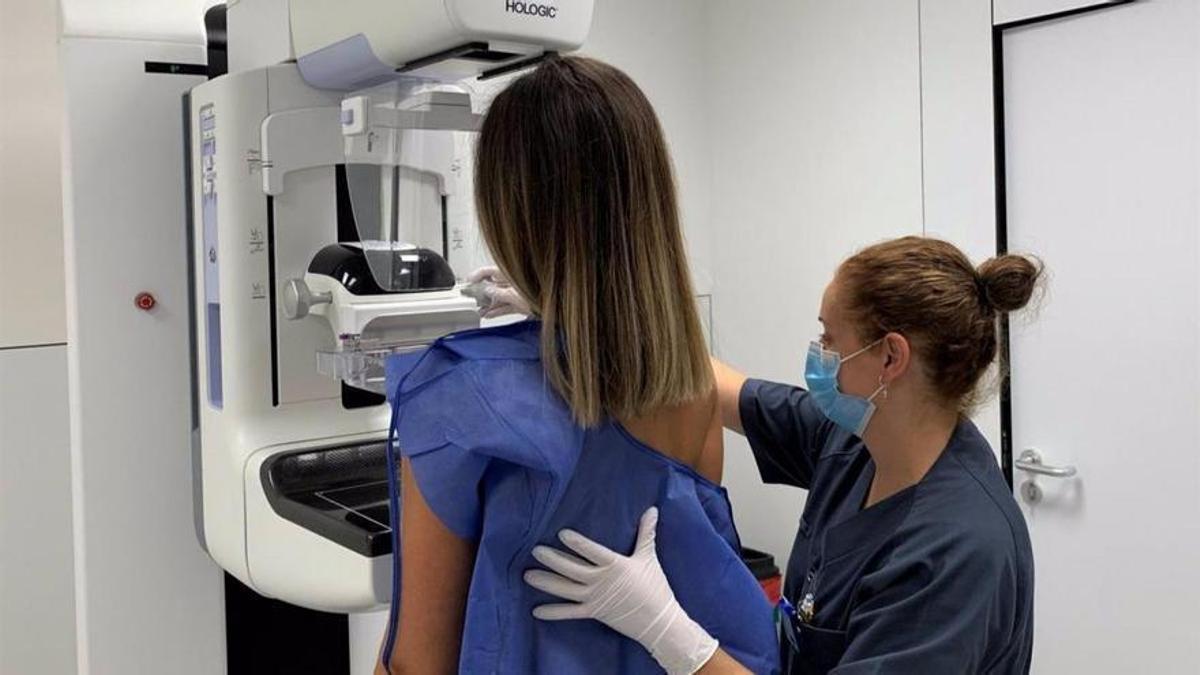In the United States, early mammography is recommended at age 40.

Women need to start doing mammogram every 24 months starting at age 40. To reduce the risk of death from this disease, the Preventive Services Task Force USA.
Until now, the independent panel, which receives federal funding, has advocated allowing women over age 40 to decide based on their health history when to get mammograms, and maintaining a mandatory recommendation for women over age 40. 50 years . His new management It is based on a review of evidence and research published in the Journal of the American Medical Association.
“By starting to screen all women by age 40, we could save almost 20% more lives.”
“Every time they More women aged 40 suffer from breast cancerand rates increase by approximately 2% each year, so this recommendation will make a big difference to people across the country,” the task force chairman said in a statement. Wanda Nicholson. “By starting to screen all women by age 40, we could save almost 20% more lives,” he adds.
Breast cancer is the second most common disease and the second leading cause of death among women in the United States, with more than 43,000 deaths from it in 2023. Black women are 40% more likely to die from the disease than black white women. Ensuring they start getting tested at age 40 “has even greater potential benefit for them,” Nicholson said.
Dense breast tissue
The new recommendation applies to almost all women, whether those at average risk of breast cancer or those with a family history or dense breasts.
Almost half of women have so-called dense breast tissue, which they usually only discover during their first mammogram. Dense breast tissue increases the risk of breast cancer and means mammograms may not be effective for them.
“Unfortunately, the task force still does not have enough evidence to recommend or not recommend additional screening with breast ultrasound or MRI,” says the organization, which calls for further investigation.
However, this does not apply to those who have a history of the disease, are at very high risk due to certain genetic markers, or have a lesion found on previous biopsies.
According to the working group, the new recommendation applies until age 74, the age after which the benefit-risk ratio becomes uncertain.
While screening is a powerful tool in the fight against cancer, it also has its limitations, according to the task force, which explains why they don’t recommend annual mammograms.
Excessive testing increases the incidence of harmful consequences, such as false positive results or receiving treatment that was not needed.